Very shallow earth, what to plant?
batyabeth
18 years ago
Related Stories

EARTH DAY5 Ideas for a More Earth-Friendly Garden
Consider increasing the size of garden beds, filtering rainwater and using plants to reduce energy use
Full Story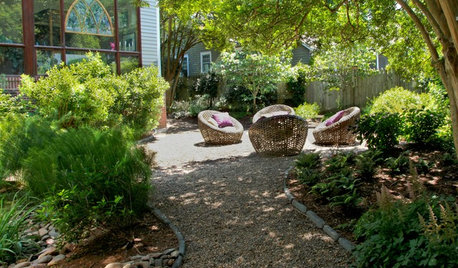
LANDSCAPE DESIGNEasy Ways to Manage Stormwater for Lower Bills and a Healthier Earth
Send cleaner runoff into local waterways and spend less on yard irrigation with these simple landscaping approaches
Full Story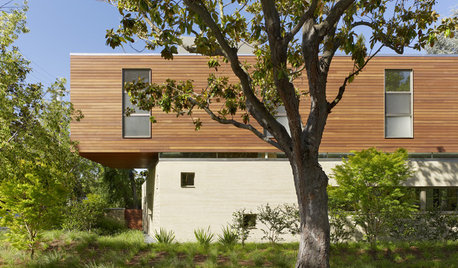
REMODELING GUIDESRammed Earth: Old Meets New in Hybrid Material
An ancient technique lends itself to more sustainable contemporary home designs
Full Story
GREEN DECORATINGBamboo Products — Earth Friend or Foe?
The ecofriendliness of this grass for flooring, wall coverings and furniture isn't cut and dried. Get the facts here
Full Story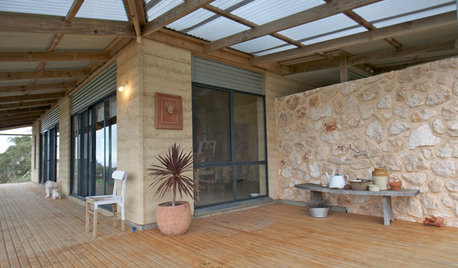
HOUZZ TOURSMy Houzz: A South Australia Home Comes Down to Earth
Rammed-earth walls embrace nature, stand up to harsh coastal conditions and create an indoor-outdoor connection for this artist's home
Full Story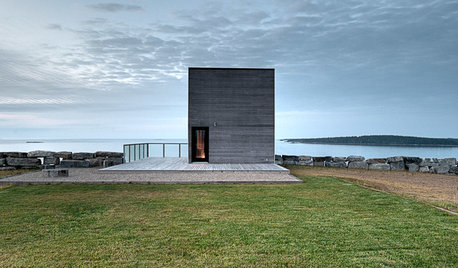
ARCHITECTUREAll the Possibilities: 4 Homes at the Edge of the Earth
Travel to the far reaches of land, where these residences straddle rocky cliffs, leafy lakeshores and choppy inlets
Full Story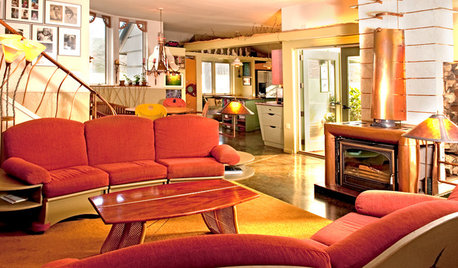
HOUZZ TOURSMy Houzz: Joyful, Earth-Conscious Home in Vermont
An architect blends green construction, fine craftsmanship and profuse art in his dream home near Vermont's Lake Champlain
Full Story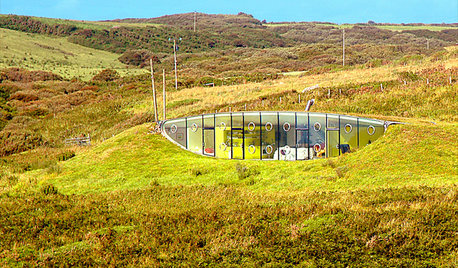
ARCHITECTURE6 Amazing Homes Dug Into the Earth
Designed to disappear or with portions peeking out, these houses bring a new meaning to 'communing with nature'
Full Story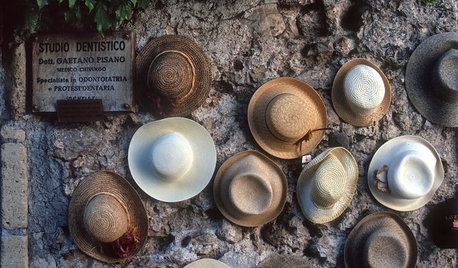
COLORNature’s Color Wisdom: Lessons on Earth Tones From the Great Outdoors
Look to the land for hues that are grounding, soothing and endlessly versatile
Full Story
FEEL-GOOD HOME12 Very Useful Things I've Learned From Designers
These simple ideas can make life at home more efficient and enjoyable
Full Story






karinl
enchantedplace
Related Professionals
Mountain Brook Landscape Architects & Landscape Designers · Battle Ground Landscape Contractors · Bellefontaine Neighbors Landscape Contractors · Gallatin Landscape Contractors · Lorain Landscape Contractors · Oviedo Landscape Contractors · Forest Hill Landscape Contractors · North Potomac Fence Contractors · Prior Lake Fence Contractors · Castaic Fence Contractors · Washington Fence Contractors · Delaware County Siding & Exteriors · Denton Siding & Exteriors · Perth Amboy Siding & Exteriors · South Windsor Siding & Exteriorsenchantedplace
ahughes798